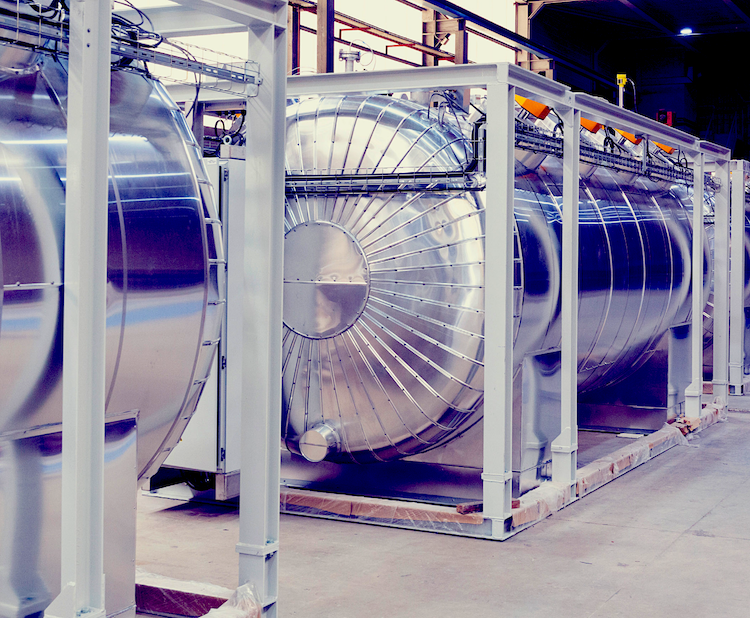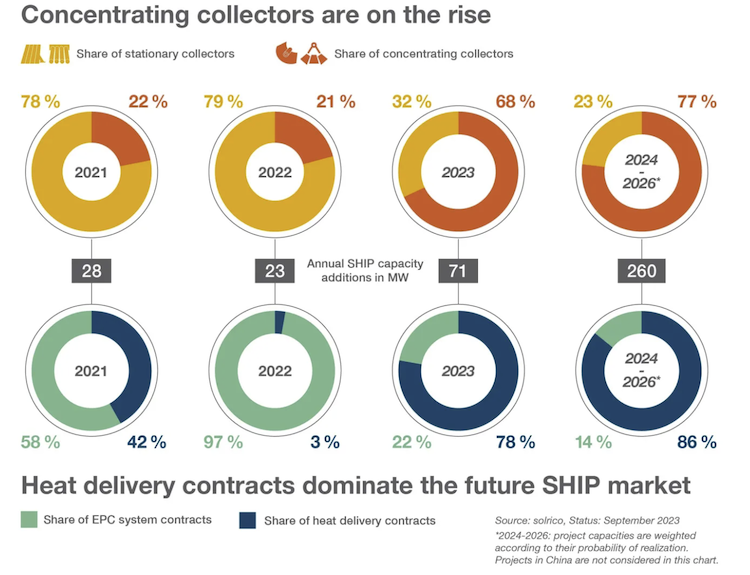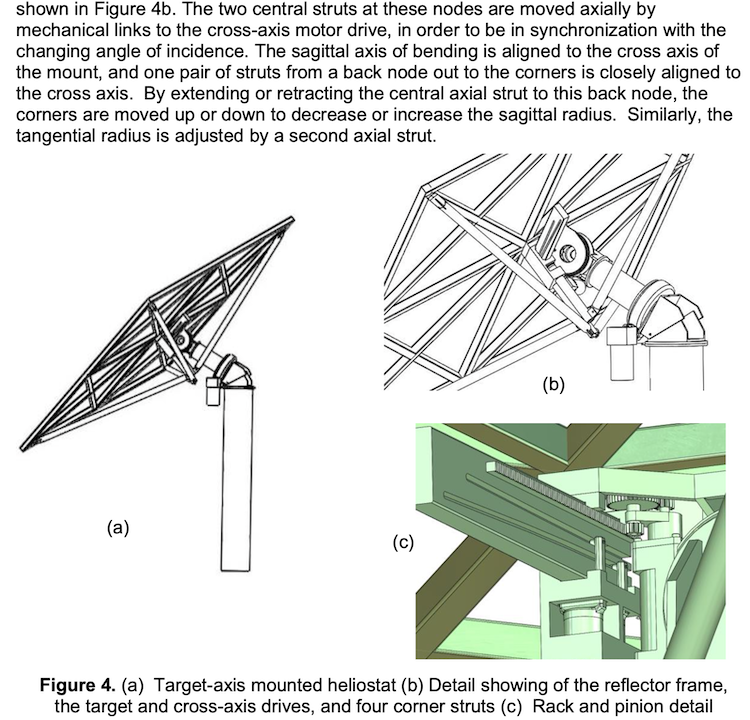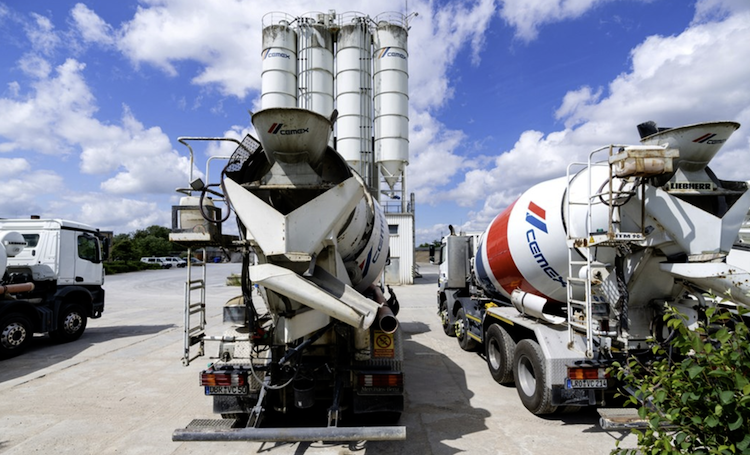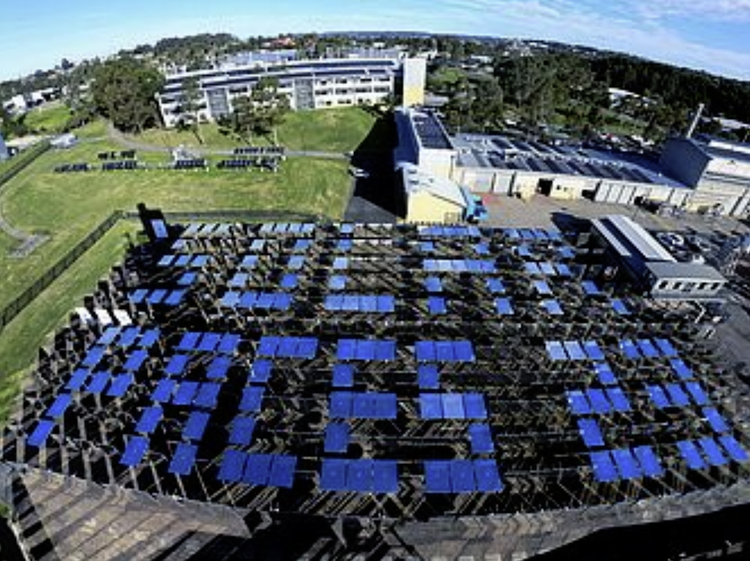Heatcube tanks of molten-salts ©Kyotogroup Norway’s Heatcube began life in a quest to replace wood-fired heat used in the tea industry in rural Africa. “The idea was to try to bring cheap heat to Africa,” explained Kyotogroup’s Tim de Haas. “The challenge was that farmers were using a good portion of their land to cultivate …
Continue reading “Another standalone thermal energy storage tech – the Heatcube”


